Vibrations and Acid Rain: How Traditional Transportation Imperceptibly Erodes Architectural Heritage
Assessing the impact of traditional transportation on architectural monuments is complex. On the one hand, it enhances tourist accessibility; on the other, it accelerates the deterioration of these structures due to soil vibrations and exhaust emissions. Unitsky String Technologies Inc. provides an optimal transportation solution aimed at preserving historic sites.
Necessary but Dangerous Habitual Transportation
The construction of highways, railroads, and both underground and surface transportation infrastructure inevitably affects historic buildings and landscapes. Earthworks and the resulting soil vibrations can compromise the structural integrity of monuments. The construction of subway stations often necessitates the dismantling and subsequent rebuilding of old buildings. When laying overground tracks, particularly in cities with dense historical architecture, centuries-old homes are often demolished mercilessly.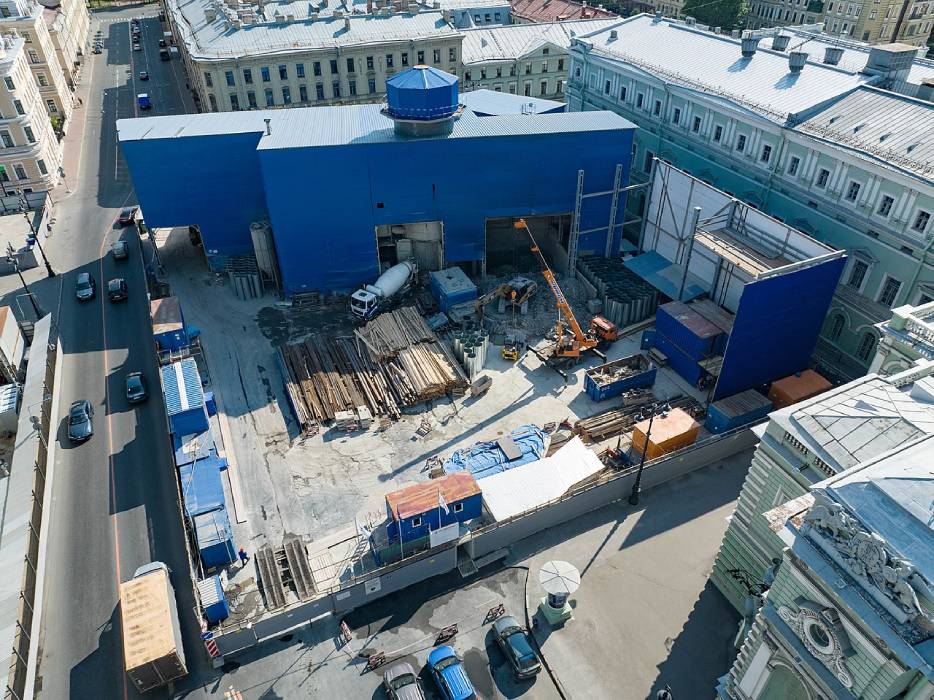
Low-frequency vibrations from vehicles and other ground transportation gradually damage the structural and decorative elements of buildings constructed in the 19th and early 20th centuries. Due to road widening and the narrowing of sidewalks, many homes are now situated too close to these sources of vibrations. This proximity also exacerbates pollution from exhaust fumes and dust kicked up by passing vehicles.
Transportation contributes to the formation of acid rain. Nitrogen oxides and sulfur dioxide released during the combustion of gasoline and diesel fuel enter the atmosphere and form acids. This precipitation erodes historical monuments by discoloring building materials, erasing inscriptions, and accelerating metal corrosion.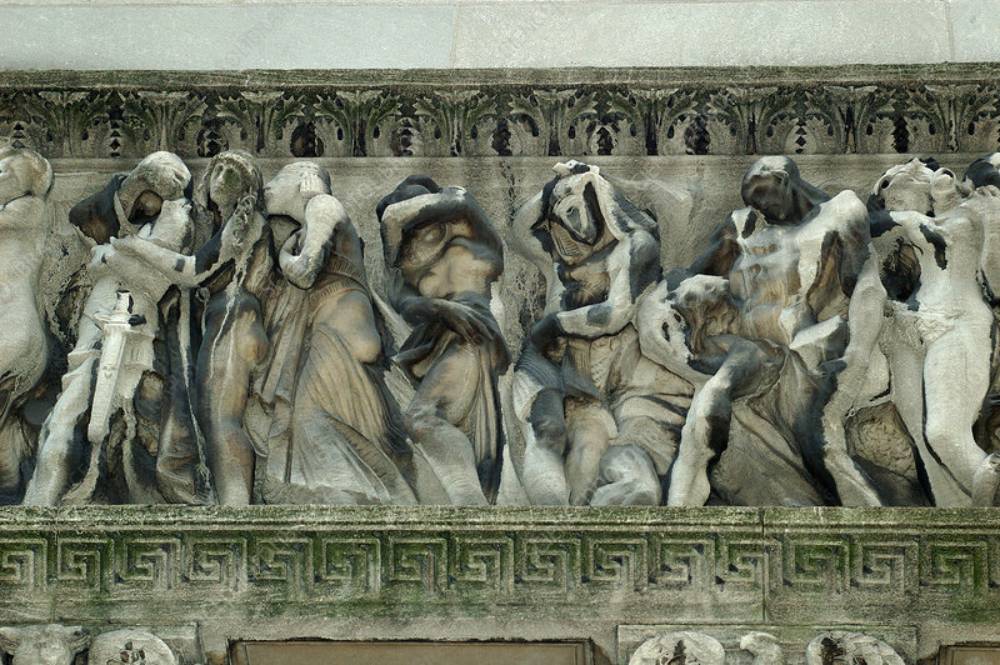
Moreover, traditional transportation disrupts the visual experience of architectural monuments or ensembles. Historical buildings become overwhelmed by the flow of cars, and the spaces between them often turn into parking lots. However, completely banning transportation near old buildings is impractical, especially in densely populated cities or in cases where landmarks are remote.
Unitsky String Technologies Inc. offers a solution that ensures both tourist accessibility to architectural monuments and the preservation of their integrity, even in a bustling metropolis.
The uST as a Key to Preserving Historical Heritage
One of the primary advantages of building uST transport and infrastructure complexes is their minimal impact on the landscape. The small land allocation required – limited to the supports – is particularly significant in cities and regions with dense historical buildings. The construction of overpass-type track structures does not necessitate the demolition or relocation of architectural monuments. Supports are installed using methods that avoid excessive ground vibrations and prevent damage to old buildings.
The uST vehicles, known as uPods, operate on electricity and do not emit exhaust gases. Additionally, the 99.8% efficiency of steel wheels moving on steel rail, combined with the high aerodynamics of the rolling stock, reduces electricity consumption. This efficiency is crucial since much of the electricity is generated by coal-fired power plants that release harmful emissions. Consequently, the uST solutions help avoid the release of toxic elements that can return to the ground with precipitation and exacerbate the deterioration of monuments. Moreover, the wear products from tires and asphalt, which can accumulate on buildings, are not generated when uPods are in motion.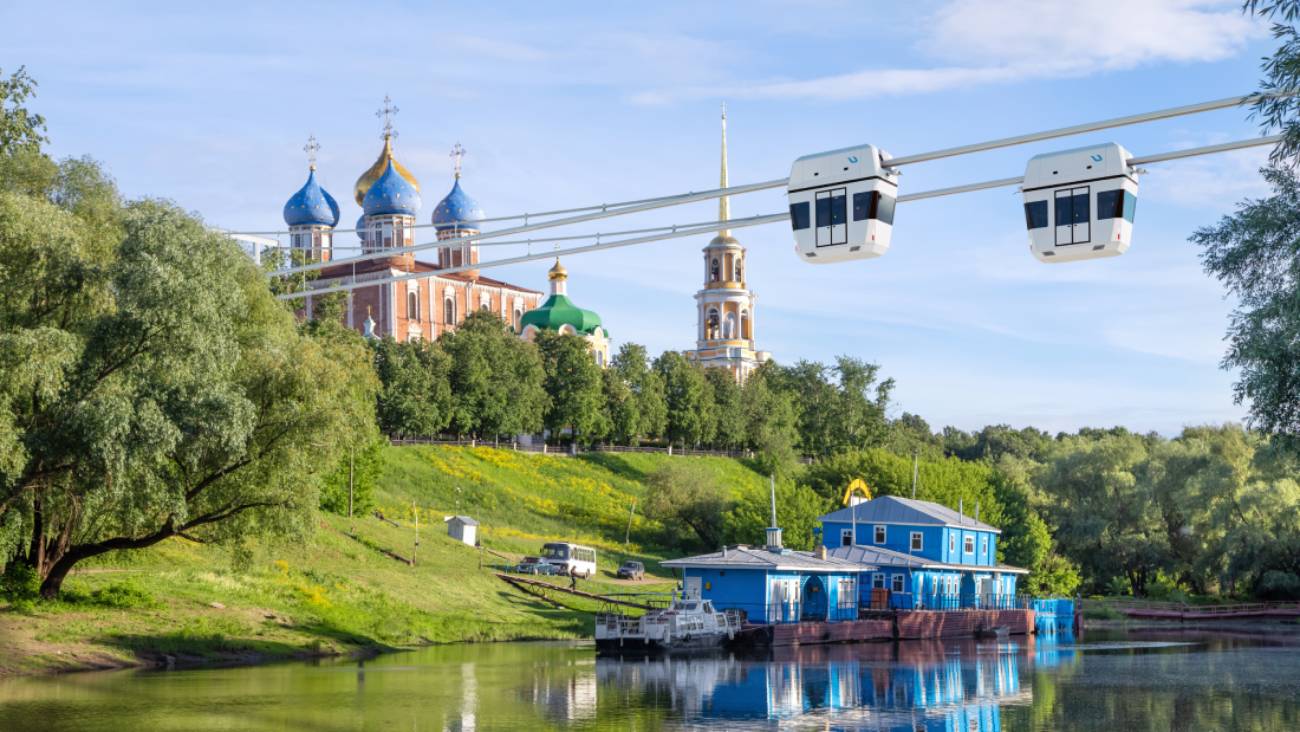
The construction and operation of uST transportation infrastructure complexes are cost-effective. This is facilitated by the low material intensity of the structures and the absence of earth embankments, bridges, overpasses, and other expensive structures. The track structure itself is durable, with a service life of at least 50 years before major repairs are needed. Automation of the complex allows for operation without drivers and a large service staff. These advantages enable significant cost reductions, allowing funds to be redirected toward the reconstruction and restoration of historical monuments.
Advancing the Preservation of Architectural Heritage
By enhancing the preservation of architectural monuments in densely built-up cities, the uST solutions facilitate tourist access to remote sites and enable movement within extensive architectural ensembles. Historic buildings that were previously difficult to visit due to long distances will experience increased tourist traffic and, consequently, greater income from excursions. The uST complexes can also contribute to the longevity of these monuments by facilitating the transportation of researchers and the materials needed for repairs and restorations.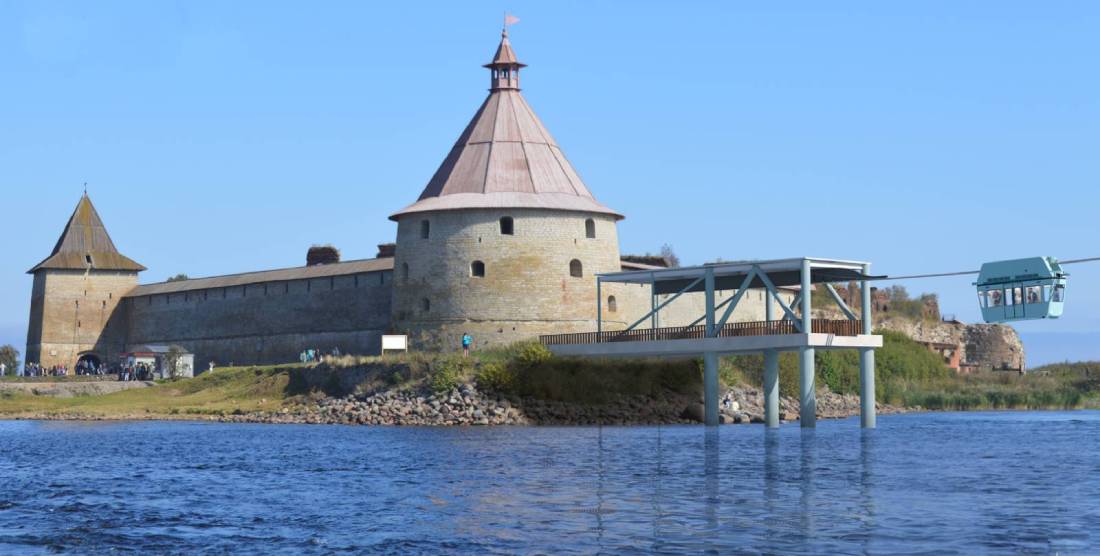
The technologies by Unitsky String Technologies Inc. offers a harmonious blend of protecting historic monuments while making them accessible. Gentle construction methods and minimal impact on the surrounding landscape make these solutions ideal for preserving cultural heritage, merging the advancement of modern transportation technologies with a commitment to protecting the past.
More news
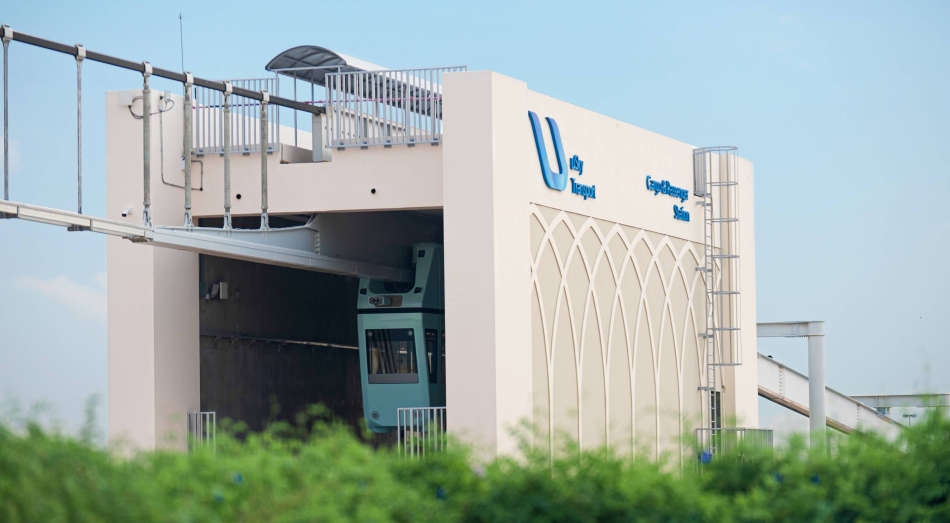
News
14 May 2025
Works on Assembly and Installation Connection for Karat Near Completion at uSky
UST Inc. specialists are nearing completion on the assembly and connection of a new traction power supply unit to the complex. This enable the uPod to reach speeds exceeding 100 km/h.
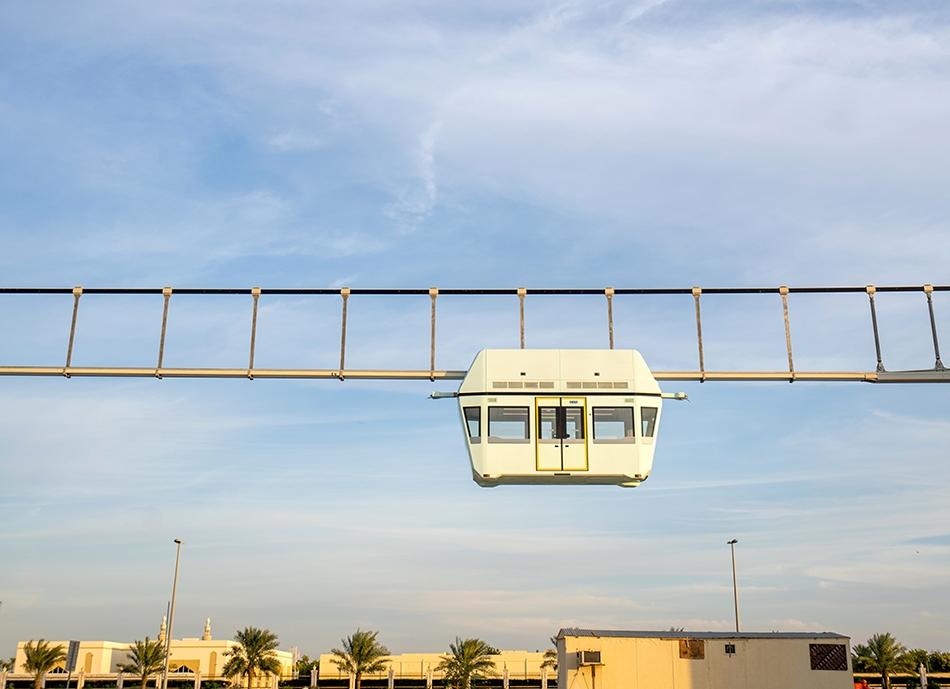
News
15 February 2024
Karat: what makes the UST Inc.’s complex stand out?
The fifth generation uPod uses improved uST engineering solutions and Karat is at a fundamentally new technological level.
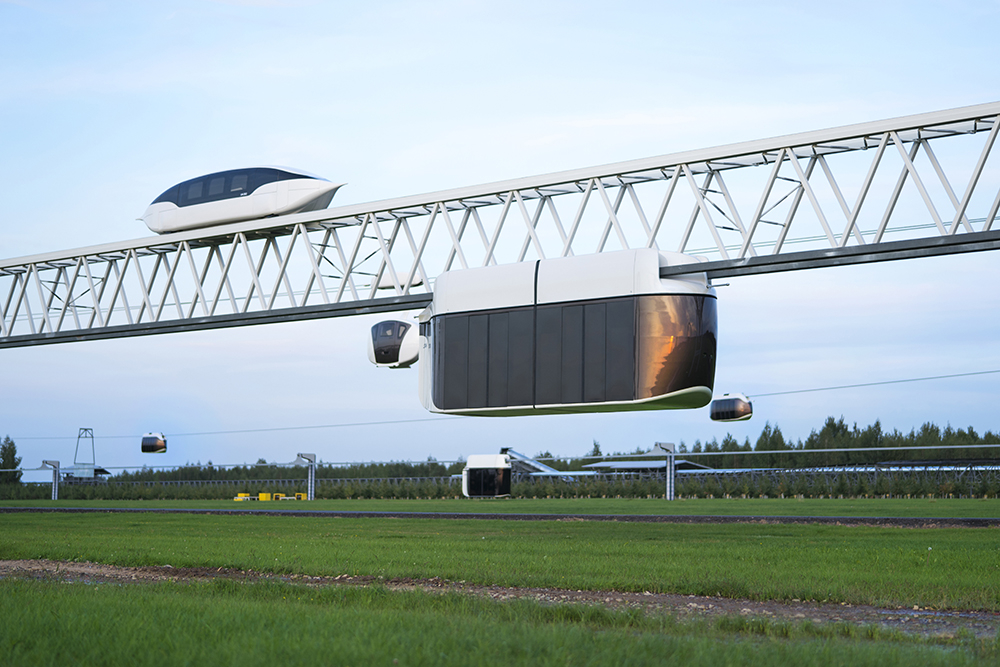
Opinion
4 February 2022
Unitsky String Technologies Inc. Found Itself in the Spotlight of Many Media in January
Journalists regularly choose string transport as a subject for their article or story. The past month has once again confirmed this. We bring to your attention an overview of the most interesting publications about Unitsky String Technologies Inc.

